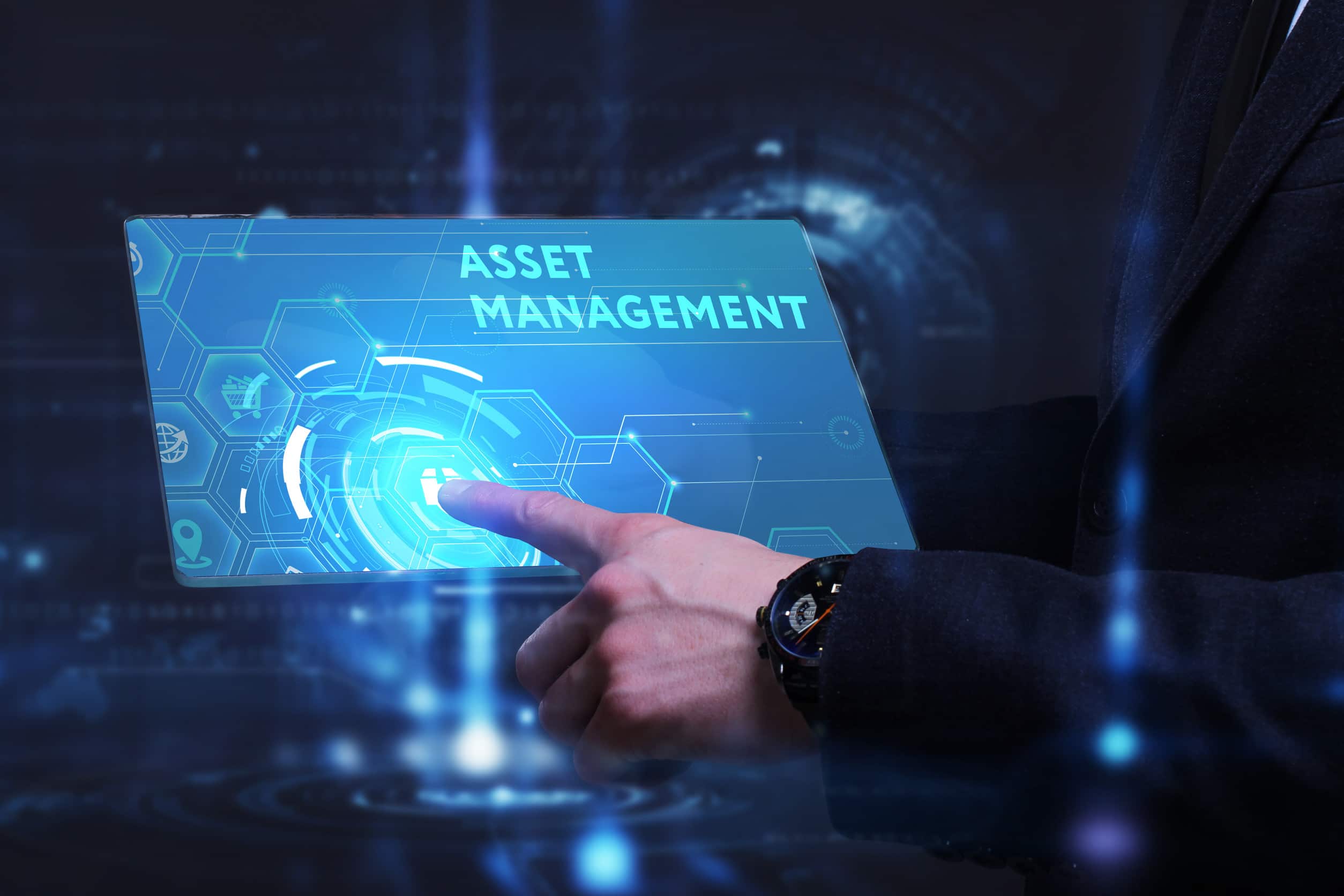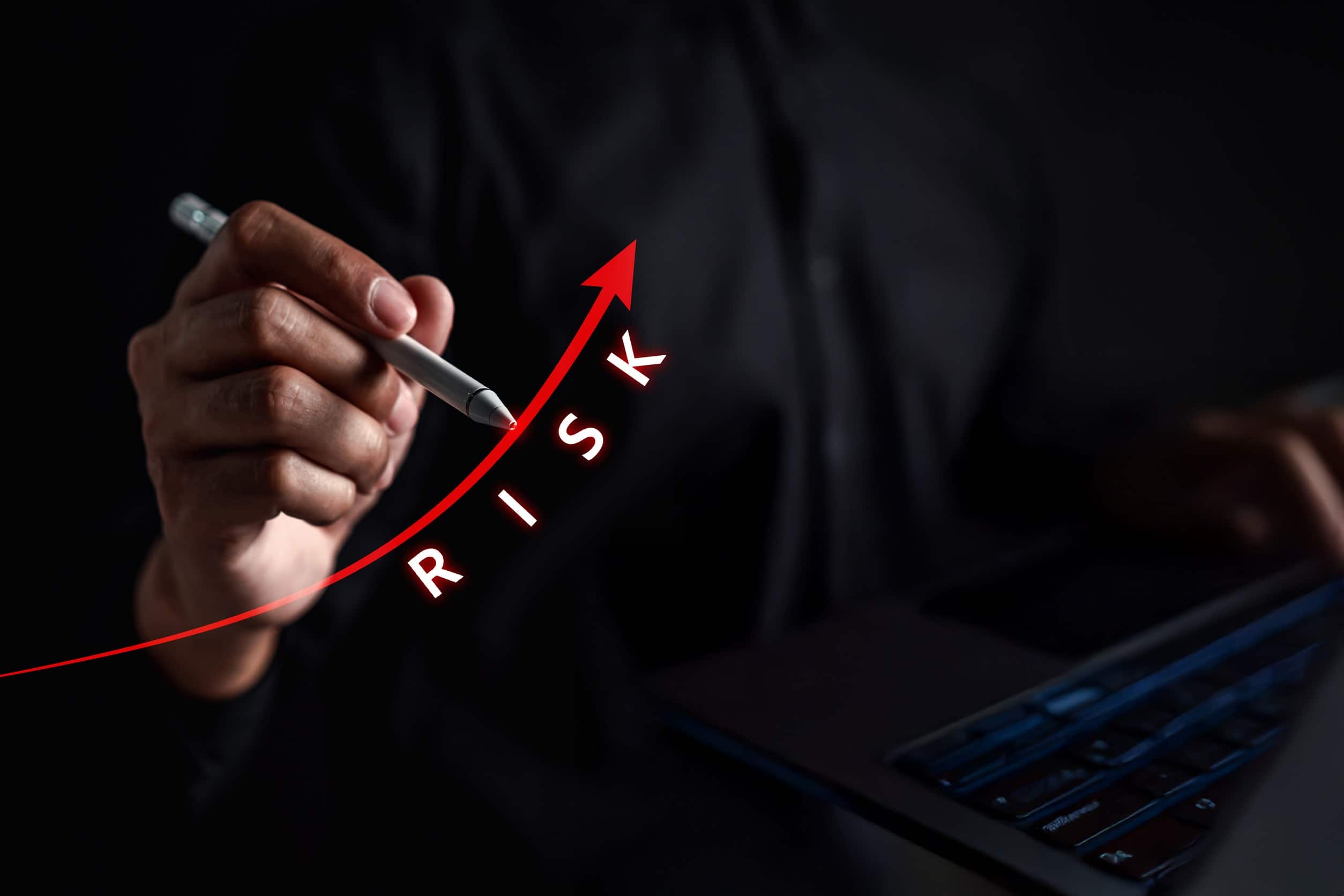In today’s fast-paced financial environment, asset management firms and hedge funds face mounting pressure to maintain operational efficiency, ensure data security, and comply with strict regulations. For firms based in financial hubs like Stamford and Greenwich, Connecticut, technology is not just a support tool, it’s the backbone of business operations. A momentary system failure or data breach can have lasting consequences, from financial losses to reputational damage.
This is where 24/7 IT monitoring becomes a necessity rather than a luxury. As the demands on digital infrastructure grow, continuous oversight ensures that businesses can remain resilient, proactive, and secure.

The IT Demands of Modern Asset Management
The financial sector is becoming increasingly reliant on sophisticated IT systems. Asset managers are expected to process vast amounts of market data, run analytics, execute trades, and maintain constant communication with clients and regulatory bodies. These operations rely on secure and uninterrupted access to digital platforms. Even brief downtime can lead to missed opportunities or compliance issues.
Moreover, firms are under pressure to differentiate themselves through the quality and speed of their services. In such a competitive landscape, IT isn’t just a back-end function, it’s a strategic asset. From portfolio management software to encrypted communication tools, firms need their technology to perform flawlessly, all day, every day.
Understanding 24/7 IT Monitoring
24/7 IT monitoring refers to the continuous observation of a company’s IT systems, servers, networks, applications, and security infrastructure, by automated tools and human technicians. The goal is not only to detect issues as they happen but to anticipate and prevent them altogether.
This type of monitoring provides real-time visibility into your system’s health, ensuring that any irregularity is quickly identified and resolved. For financial services firms, where seconds matter and data is a critical asset, this level of oversight offers peace of mind and a significant operational advantage.
What sets continuous monitoring apart is its proactive nature. It’s no longer enough to fix problems after they occur. Asset managers need assurance that their systems are being watched over, even in the middle of the night or during a long holiday weekend. Whether it’s a slowing server, an unauthorized login attempt, or a backup failure, 24/7 monitoring ensures that the right people are alerted immediately and can take swift action.

The Rising Cybersecurity Risks for Asset Managers
Financial institutions, including asset managers and hedge funds, are increasingly being targeted by cybercriminals. These firms hold highly sensitive data and facilitate large financial transactions, making them especially valuable, and vulnerable, targets. Cyber attackers are no longer just opportunists; many operate with precision, looking for firms with outdated software, weak network protection, or unmonitored access points.
The consequences of a breach extend far beyond financial loss. Regulatory penalties, lawsuits, and damaged client trust can devastate a firm’s reputation. In this environment, having an always-on monitoring solution is vital to detect threats early, contain them quickly, and maintain operational integrity.
Let’s look at some of the most common threats that make monitoring so essential:
- Phishing and Social Engineering: Malicious emails or messages that trick employees into revealing credentials.
- Ransomware: Software that locks access to data or systems until a ransom is paid.
- DDoS Attacks: Attempts to overload servers, rendering client portals or trading systems unusable.
- Insider Risks: Breaches caused by employees or contractors misusing access, intentionally or unintentionally.
Without a system in place to track these threats in real time, a breach might not be discovered until it’s too late. Continuous monitoring provides the visibility and response time necessary to stop attacks before they spread.
Key Benefits of 24/7 IT Monitoring for Asset Managers
The advantages of 24/7 IT monitoring go beyond just preventing technical issues, it brings real value to every aspect of your operations. For asset managers in Stamford, where competition is intense and client expectations are high, a resilient IT system is essential for business continuity and success.
One of the most immediate benefits is real-time threat detection. Cyber threats evolve constantly, and waiting hours, or even minutes, to detect a breach can be costly. Around-the-clock monitoring helps identify anomalies such as unauthorized access, unusual network traffic, or attempted intrusions before they cause significant damage. This rapid response capability limits exposure and provides time for IT teams to isolate the threat and implement a fix.
Another critical benefit is minimizing downtime. In asset management, even short periods of system unavailability can mean missed trading windows, lost client confidence, or operational bottlenecks. Monitoring ensures issues like server overload, failed updates, or storage capacity problems are spotted early. This proactive approach reduces the risk of service interruptions and maintains a smooth, continuous workflow.
From an efficiency standpoint, IT performance optimization is also a major gain. Monitoring tools collect data on how systems perform over time, which helps IT managers make informed decisions about upgrades, resource allocation, or software licensing. For example, if your network is consistently nearing bandwidth limits, monitoring data can prompt you to scale up before it affects user experience.
Finally, there’s a significant cost-saving aspect. Proactive issue resolution tends to be far less expensive than fixing a full-blown outage or security breach. Additionally, avoiding fines from regulatory non-compliance or reputational loss makes this investment highly worthwhile.
What 24/7 IT Monitoring Delivers
Here’s a quick breakdown of the value continuous monitoring brings to asset managers:
- Faster response to security threats
- Reduced unplanned downtime
- Better system performance and planning
- Lower long-term IT costs
- Stronger client trust through consistent service
This combination of protection, performance, and predictability is what makes 24/7 IT monitoring indispensable in today’s financial landscape.
Supporting Compliance in a Regulated Industry
The financial services industry operates under strict regulatory oversight from bodies like the SEC (Securities and Exchange Commission) and FINRA (Financial Industry Regulatory Authority). These organizations require firms to maintain accurate records, implement cybersecurity protocols, and report incidents in a timely manner. Failing to comply can result in serious penalties, both financial and legal.
24/7 IT monitoring plays a crucial role in meeting these requirements. For instance, it helps ensure that audit trails are maintained, with system logs accurately recording access, data changes, and unusual activity. When regulators request an investigation or audit, having these logs ready can demonstrate compliance and good governance.
Moreover, continuous monitoring supports data integrity. With financial data constantly in use and in motion, maintaining accuracy is critical. Monitoring tools can detect anomalies that may indicate data corruption or unauthorized edits, helping firms maintain trustworthy datasets for reporting and analysis.
It also contributes to business continuity and disaster recovery planning. Monitoring ensures that backup systems are functioning correctly and that failover procedures can be initiated quickly in the event of hardware failure, cyberattack, or natural disaster. This readiness is something regulators increasingly expect from asset managers and hedge funds.
By integrating 24/7 monitoring into your compliance strategy, you’re not only checking a box, you’re creating a more transparent, accountable, and resilient organization.
Real-World Consequences of Inadequate IT Monitoring
While the benefits of 24/7 IT monitoring are clear, it’s just as important to understand what happens when monitoring is neglected or underdeveloped. Many asset management firms have experienced firsthand how vulnerable their operations become without proper oversight.
One of the most common and costly consequences is extended downtime. Without real-time alerts and diagnostics, small technical issues, such as a failing disk drive or a software crash, can escalate into full system outages. For asset managers and hedge funds, this could mean missed trades, delayed settlements, and frustrated clients. Unlike other industries, financial services operate in a fast-moving environment where timing is everything, and there’s little room for error.
Another major risk is the late discovery of cyber intrusions. Some attacks are not immediately obvious and can go undetected for days or even weeks. In such cases, sensitive client data may already be compromised before the breach is even discovered. The reputational damage that follows can be difficult to repair, especially in a trust-based industry like asset management. Clients want to know their information is safe. One breach, even if it’s relatively small, can lead to lost business and regulatory scrutiny.
We’ve also seen asset managers face compliance failures due to missed log entries, outdated systems, or failed backup processes that could have been prevented with active monitoring. These oversights can result in expensive fines, legal consequences, and mandatory audits that disrupt daily operations.
A well-publicized example is the case of a boutique investment firm that experienced a ransomware attack during a holiday weekend. With no monitoring in place and limited internal IT resources, the attack wasn’t discovered until Monday morning. By then, client data had been encrypted, backups had been corrupted, and the firm was locked out of its systems. Not only did the firm pay a significant ransom, but they also lost two major clients who no longer trusted their data handling practices.
These real-world stories illustrate why continuous, proactive monitoring isn’t optional, it’s essential for operational integrity and long-term survival in the financial industry.

Choosing the Right IT Monitoring Partner in Stamford and Greenwich
Implementing 24/7 monitoring doesn’t mean building an internal IT department from scratch. Most asset management firms, especially small to mid-sized ones, benefit from partnering with a managed IT services provider that specializes in financial sector needs.
However, not all IT providers are created equal. It’s important to choose a partner that understands the regulatory environment, data sensitivity, and operational demands of asset management.
Look for a provider with experience supporting financial institutions in Connecticut, particularly in key markets like Stamford and Greenwich. They should be familiar with SEC and FINRA compliance frameworks and offer monitoring solutions that align with those standards. Ask about their incident response process, how they handle after-hours support, and whether they offer customized reporting and analytics.
Another critical factor is proactive communication. Your IT partner should provide regular updates, security briefings, and performance metrics, not just alerts when something breaks. This creates a relationship built on visibility and trust, rather than reactive troubleshooting.
When evaluating providers, consider the following:
- Do they offer financial IT solutions tailored to asset managers and hedge funds?
- Can they ensure low-latency performance critical for trading systems?
- Are their services scalable as your firm grows or expands into new markets?
By aligning with the right partner, you can confidently delegate the technical oversight of your systems, freeing your team to focus on core investment activities.
Future Trends in IT Monitoring for Financial Services
As technology continues to evolve, the tools and strategies used in IT monitoring are also becoming more advanced. Asset managers in Stamford and Greenwich should stay informed about these developments to ensure their systems remain competitive and secure.
One of the most promising trends is the use of artificial intelligence (AI) and machine learning in IT monitoring. These technologies enable systems to detect patterns, learn from past incidents, and predict future problems with greater accuracy. Rather than just reacting to alerts, AI-enhanced monitoring can anticipate failures or performance dips before they affect users, enabling a truly proactive IT environment.
Cloud-native monitoring is also on the rise. As more firms move to hybrid or fully cloud-based infrastructure, monitoring solutions must adapt. Modern tools can now monitor cloud workloads, serverless applications, and virtual desktops as effectively as traditional physical infrastructure. For asset managers relying on secure cloud platforms for trading or analytics, cloud-compatible monitoring is no longer optional, it’s essential.
Another trend gaining momentum is integrated security and monitoring platforms. Rather than running separate systems for IT monitoring, threat detection, and compliance, many organizations are choosing unified dashboards. These platforms provide a single view of performance, security, and risk, allowing decision-makers to respond faster and more confidently to changing conditions.
By embracing these innovations, asset management firms can position themselves for long-term stability, agility, and growth in an increasingly digital financial landscape.
Frequently Asked Questions (FAQ)
Isn’t IT monitoring only necessary for large firms with complex systems?
Not at all. Even small asset managers or boutique firms face cyber risks and operational dependencies on IT. If your business relies on digital systems to serve clients, 24/7 monitoring adds a valuable layer of protection and stability.
What’s the difference between IT monitoring and IT support?
IT monitoring is the ongoing observation and analysis of systems, while IT support involves responding to and resolving issues when they arise. Monitoring helps identify problems early so that support can act quickly, often before the issue impacts users.
How much does 24/7 IT monitoring typically cost?
Pricing depends on the size of your network, the complexity of your systems, and the features you need. However, it’s generally much more cost-effective than dealing with downtime, data loss, or compliance violations after an incident occurs.
How do I know if my monitoring system is working?
A good IT provider will supply regular reports on system performance, incidents detected, and updates made. If you’re never receiving alerts or reports, it’s worth investigating whether the monitoring is being handled properly.
Can monitoring help with compliance audits?
Yes. Monitoring provides a detailed log of system activity, user access, and performance metrics, all of which are useful in demonstrating regulatory compliance during audits or investigations.
Conclusion: Why Computronix Managed IT Support is the Right Partner
If you’re an asset manager or hedge fund based in Stamford, Greenwich, or the surrounding areas, the right IT support partner can make all the difference. Computronix Managed IT Support specializes in delivering tailored, proactive solutions for the financial services sector.
With deep experience supporting firms in Connecticut’s finance corridor, Computronix understands the urgency, confidentiality, and performance standards that asset managers require. Their 24/7 IT monitoring solutions are designed to prevent downtime, detect threats early, and support full compliance with industry regulations.
Whether you’re running complex analytics platforms or maintaining secure communication with clients, Computronix provides the visibility and responsiveness your business needs to operate without disruption.
Let your team focus on growing portfolios and strengthening client relationships, while Computronix keeps your systems safe, monitored, and fully optimized.










